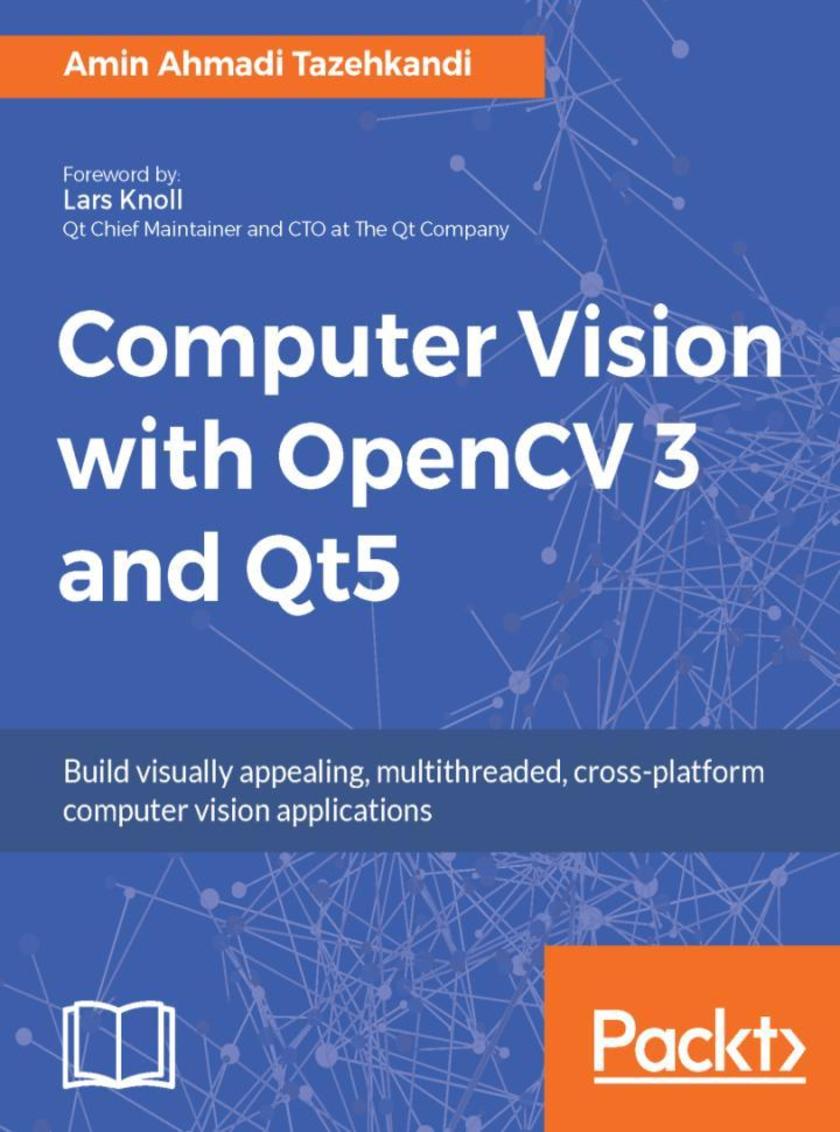
Computer Vision with OpenCV 3 and Qt5
¥90.46
Blend the power of Qt with OpenCV to build cross-platform computer vision applications About This Book ? Start creating robust applications with the power of OpenCV and Qt combined ? Learn from scratch how to develop cross-platform computer vision applications ? Accentuate your OpenCV applications by developing them with Qt Who This Book Is For This book is for readers interested in building computer vision applications. Intermediate knowledge of C++ programming is expected. Even though no knowledge of Qt5 and OpenCV 3 is assumed, if you’re familiar with these frameworks, you’ll benefit. What You Will Learn ? Get an introduction to Qt IDE and SDK ? Be introduced to OpenCV and see how to communicate between OpenCV and Qt ? Understand how to create UI using Qt Widgets ? Know to develop cross-platform applications using OpenCV 3 and Qt 5 ? Explore the multithreaded application development features of Qt5 ? Improve OpenCV 3 application development using Qt5 ? Build, test, and deploy Qt and OpenCV apps, either dynamically or statically ? See Computer Vision technologies such as filtering and transformation of images, detecting and matching objects, template matching, object tracking, video and motion analysis, and much more ? Be introduced to QML and Qt Quick for iOS and Android application development In Detail Developers have been using OpenCV library to develop computer vision applications for a long time. However, they now need a more effective tool to get the job done and in a much better and modern way. Qt is one of the major frameworks available for this task at the moment. This book will teach you to develop applications with the combination of OpenCV 3 and Qt5. This book will teach you to create cross-platform computer vision applications. We’ll begin by introducing Qt, its IDE, and its SDK. Next you’ll learn how to use the OpenCV API to integrate both tools, and see how to configure Qt to use OpenCV. You’ll go on to build a full-fledged computer vision application throughout the book. Later, you’ll create a stunning UI application using the Qt widgets technology, where you’ll display the images after they are processed in an efficient way. At the end of the book, you’ll learn how to convert OpenCV Mat to Qt QImage. You’ll also see how to efficiently process images to filter them, transform them, detect or track objects as well as analyze video. You’ll become better at developing OpenCV applications. Style and approach This book will help you understand and create cross-platform and multithreaded computer vision applications with the help of OpenCV 3 and Qt5, using a plugin-based and modular application development approach.

Python Web Scraping Cookbook
¥73.02
Untangle your web scraping complexities and access web data with ease using Python *s About This Book ? Hands-on recipes for advancing your web scraping skills to expert level. ? One-Stop Solution Guide to address complex and challenging web scraping tasks using Python. ? Understand the web page structure and collect meaningful data from the website with ease Who This Book Is For This book is ideal for Python programmers, web administrators, security professionals or someone who wants to perform web analytics would find this book relevant and useful. Familiarity with Python and basic understanding of web scraping would be useful to take full advantage of this book. What You Will Learn ? Use a wide variety of tools to scrape any website and data—including BeautifulSoup, Scrapy, Selenium, and many more ? Master expression languages such as XPath, CSS, and regular expressions to extract web data ? Deal with scraping traps such as hidden form fields, throttling, pagination, and different status codes ? Build robust scraping pipelines with SQS and RabbitMQ ? Scrape assets such as images media and know what to do when Scraper fails to run ? Explore ETL techniques of build a customized crawler, parser, and convert structured and unstructured data from websites ? Deploy and run your scraper-as-aservice in AWS Elastic Container Service In Detail Python Web Scraping Cookbook is a solution-focused book that will teach you techniques to develop high-performance scrapers and deal with crawlers, sitemaps, forms automation, Ajax-based sites, caches, and more.You'll explore a number of real-world scenarios where every part of the development/product life cycle will be fully covered. You will not only develop the skills to design and develop reliable, performance data flows, but also deploy your codebase to an AWS. If you are involved in software engineering, product development, or data mining (or are interested in building data-driven products), you will find this book useful as each recipe has a clear purpose and objective. Right from extracting data from the websites to writing a sophisticated web crawler, the book's independent recipes will be a godsend on the job. This book covers Python libraries, requests, and BeautifulSoup. You will learn about crawling, web spidering, working with AJAX websites, paginated items, and more. You will also learn to tackle problems such as 403 errors, working with proxy, scraping images, LXML, and more. By the end of this book, you will be able to scrape websites more efficiently and to be able to deploy and operate your scraper in the cloud. Style and approach This book is a rich collection of recipes that will come in handy when you are scraping a website using Python. Addressing your common and not-so-common pain points while scraping website, this is a book that you must have on the shelf.
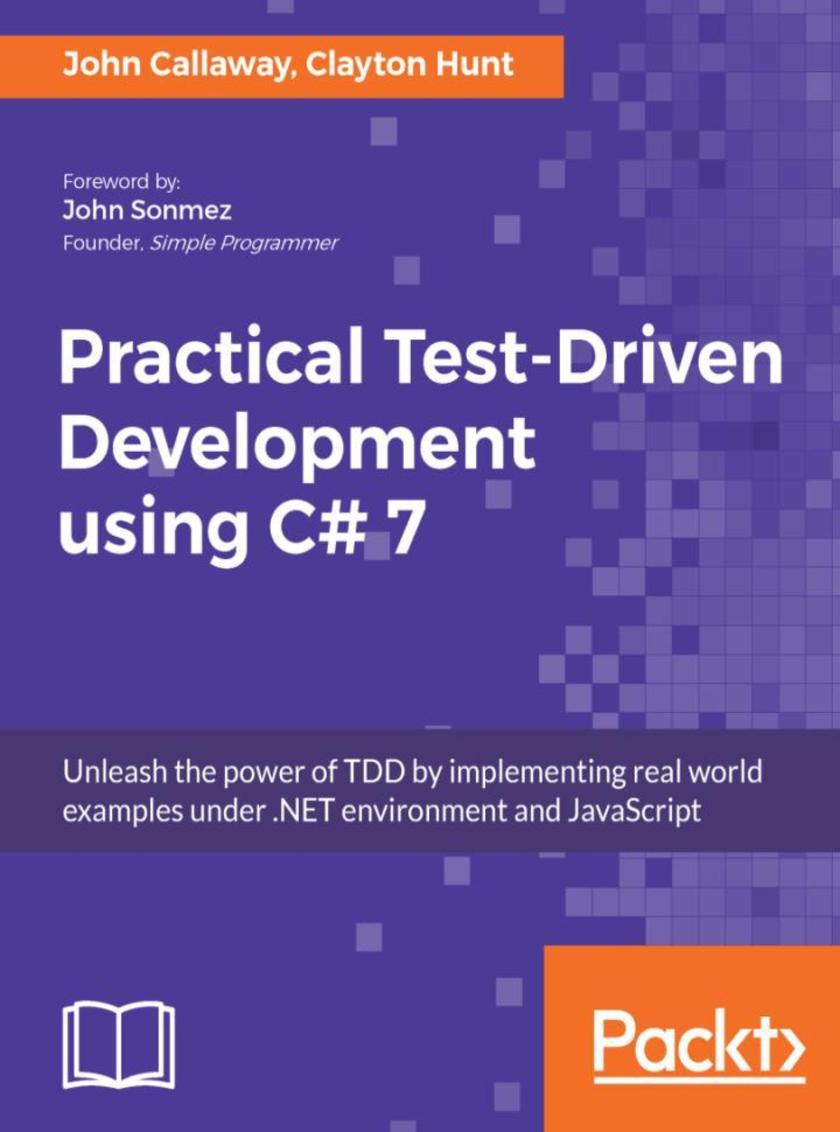
Practical Test-Driven Development using C# 7
¥90.46
Develop applications for the real world with a thorough software testing approach About This Book ? Develop a thorough understanding of TDD and how it can help you develop simpler applications with no defects using C# and JavaScript ? Adapt to the mindset of writing tests before code by incorporating business goals, code manageability, and other factors ? Make all your software units and modules pass tests by analyzing failed tests and refactoring code as and when required Who This Book Is For This book is for software developers with a basic knowledge of Test Driven Development (TDD) who want a thorough understanding of how TDD can benefit them and the applications they produce. The examples in this book are in C#, and you will need a basic understanding of C# to work through these examples. What You Will Learn ? The core concepts of TDD ? Testing in action with a real-world case study in C# and JavaScript using React ? Writing proper Unit Tests and testable code for your application ? Using different types of test double such as stubs, spies, and mocks ? Growing an application guided by tests ? Exploring new developments on a green-field application ? Mitigating the problems associated with writing tests for legacy applications ? Modifying a legacy application to make it testable In Detail Test-Driven Development (TDD) is a methodology that helps you to write as little as code as possible to satisfy software requirements, and ensures that what you've written does what it's supposed to do. If you're looking for a practical resource on Test-Driven Development this is the book for you. You've found a practical end-to-end guide that will help you implement Test-Driven Techniques for your software development projects. You will learn from industry standard patterns and practices, and shift from a conventional approach to a modern and efficient software testing approach in C# and JavaScript. This book starts with the basics of TDD and the components of a simple unit test. Then we look at setting up the testing framework so that you can easily run your tests in your development environment. You will then see the importance of defining and testing boundaries, abstracting away third-party code (including the .NET Framework), and working with different types of test double such as spies, mocks, and fakes. Moving on, you will learn how to think like a TDD developer when it comes to application development. Next, you'll focus on writing tests for new/changing requirements and covering newly discovered bugs, along with how to test JavaScript applications and perform integration testing. You’ll also learn how to identify code that is inherently un-testable, and identify some of the major problems with legacy applications that weren’t written with testability in mind. By the end of the book, you’ll have all the TDD skills you'll need and you’ll be able to re-enter the world as a TDD expert! Style and approach A practical step-by-step approach with real-world case studies.

Functional Kotlin
¥90.46
Learn how to apply Functional Programming with Kotlin to real-life projects with popular libraries like Arrow. About This Book ? Focus on the functional aspects of Kotlin and identify the advantages that functional programming brings to the table and the associated coding benefits, ? Implement common functional programming design patterns and techniques. ? Learn to combine OOP and Reactive Programming with Functional Programming and how RxKotlin and funkTionale can help you implementing Functional Programming in Kotlin Who This Book Is For Kotlin developers who have no functional programming experience, will benefit from this book. What You Will Learn ? Learn the Concepts of Functional Programming with Kotlin ? Discover the Coroutines in Kotlin ? Uncover Using funkTionale plugin ? Learn Monads, Functiors and Applicatives ? Combine Functional Programming with OOP and Reactive Programming ? Uncover Using Monads with funkTionale ? Discover Stream Processing In Detail Functional programming makes your application faster, improves performance, and increases your productivity. Kotlin supports many of the popular and advanced functional features of functional languages. This book will cover the A-Z of functional programming in Kotlin. This book bridges the language gap for Kotlin developers by showing you how to create and consume functional constructs in Kotlin. We also bridge the domain gap by showing how functional constructs can be applied in business scenarios. We’ll take you through lambdas, pattern matching, immutability, and help you develop a deep understanding of the concepts and practices of functional programming. If you want learn to address problems using Recursion, Koltin has support for it as well. You’ll also learn how to use the funKtionale library to perform currying and lazy programming and more. Finally, you’ll learn functional design patterns and techniques that will make you a better programmer.By the end of the book, you will be more confident in your functional programming skills and will be able to apply them while programming in Kotlin. Style and approach Loaded with numerous code examples and real life projects, this book helps you dive deep into Functional Programming with Kotlin as well as applying it with help of Functional Programming Plugins like funkTionale and RxKotlin.
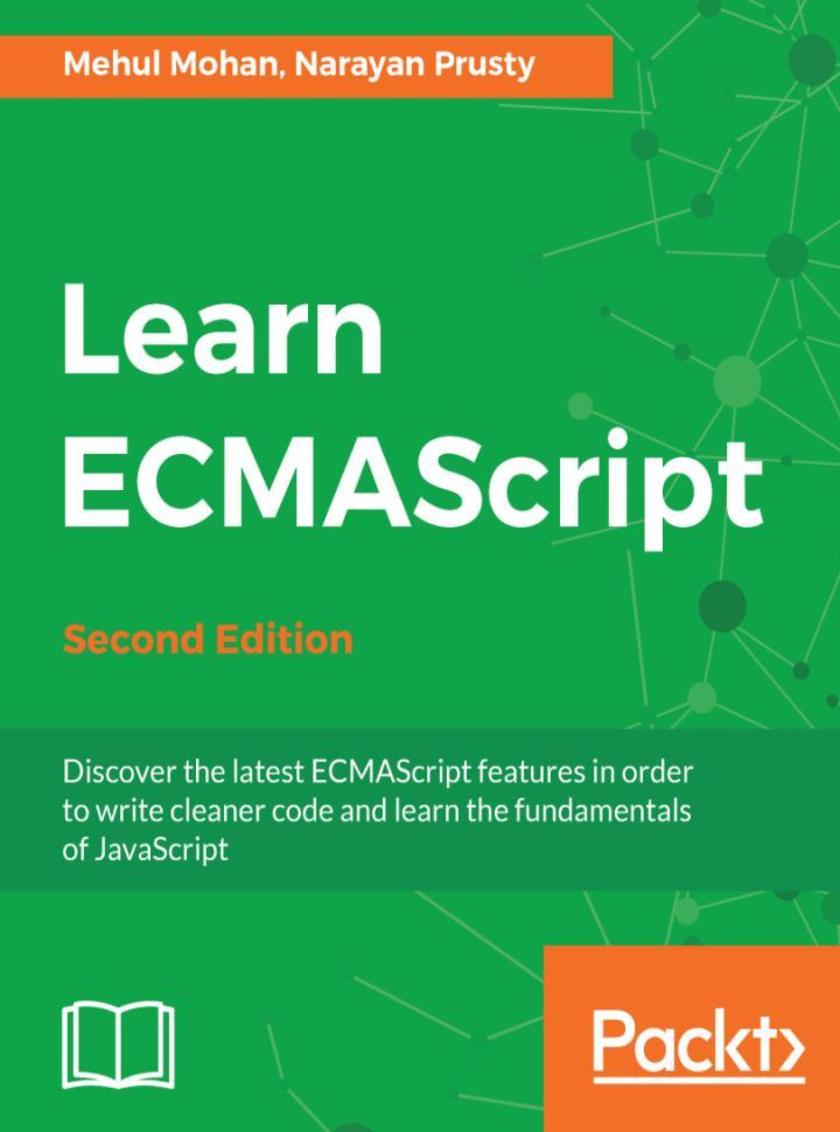
Learn ECMAScript - Second Edition
¥73.02
Get up and running with all the new features of ECMAScript and explore new ways of coding with JavaScript. About This Book ? Grasp the latest features of ECMAScript and the best way to use it in production code ? Learn newly added native APIs to JS Engine and perform tasks efficiently with a cleaner code base ? Understand the more complex sides of JavaScript such as the inheritance model, low-level memory management, multithreaded environments, and web workers Who This Book Is For This book is for web developers who have some basic programming knowledge and want to learn to write cleaner code with the power of ECMAScript. What You Will Learn ? Implement methods associated with objects as per the latest ECMAScript specification ? Make use of the latest features of ECMAScript ? Make use of many new APIs in HTML5 and modern JavaScript implementation ? Use SharedArrayBuffers for superfast concurrent and parallel programming ? Perform asynchronous programming with JavaScript ? Implement the best ways and practices to perform modular programming in JavaScript In Detail Learn ECMAScript explores implementation of the latest ECMAScript features to add to your developer toolbox, helping you to progress to an advanced level. Learn to add 1 to a variable andsafely access shared memory data within multiple threads to avoid race conditions. You’ll start the book by building on your existing knowledge of JavaScript, covering performing arithmetic operations, using arrow functions and dealing with closures. Next, you will grasp the most commonly used ECMAScript skills such as reflection, proxies, and classes. Furthermore, you’ll learn modularizing the JS code base, implementing JS on the web and how the modern HTML5 + JS APIs provide power to developers on the web. Finally, you will learn the deeper parts of the language, which include making JavaScript multithreaded with dedicated and shared web workers, memory management, shared memory, and atomics. It doesn’t end here; this book is 100% compatible with ES.Next. By the end of this book, you'll have fully mastered all the features of ECMAScript! Style and approach The level goes gradually from basic to advanced so that the reader can adapt at every point and level up their skills at the same time. The chapters are carefully arranged in a manner that makes every concept easy to learn and deploy right away in your code.
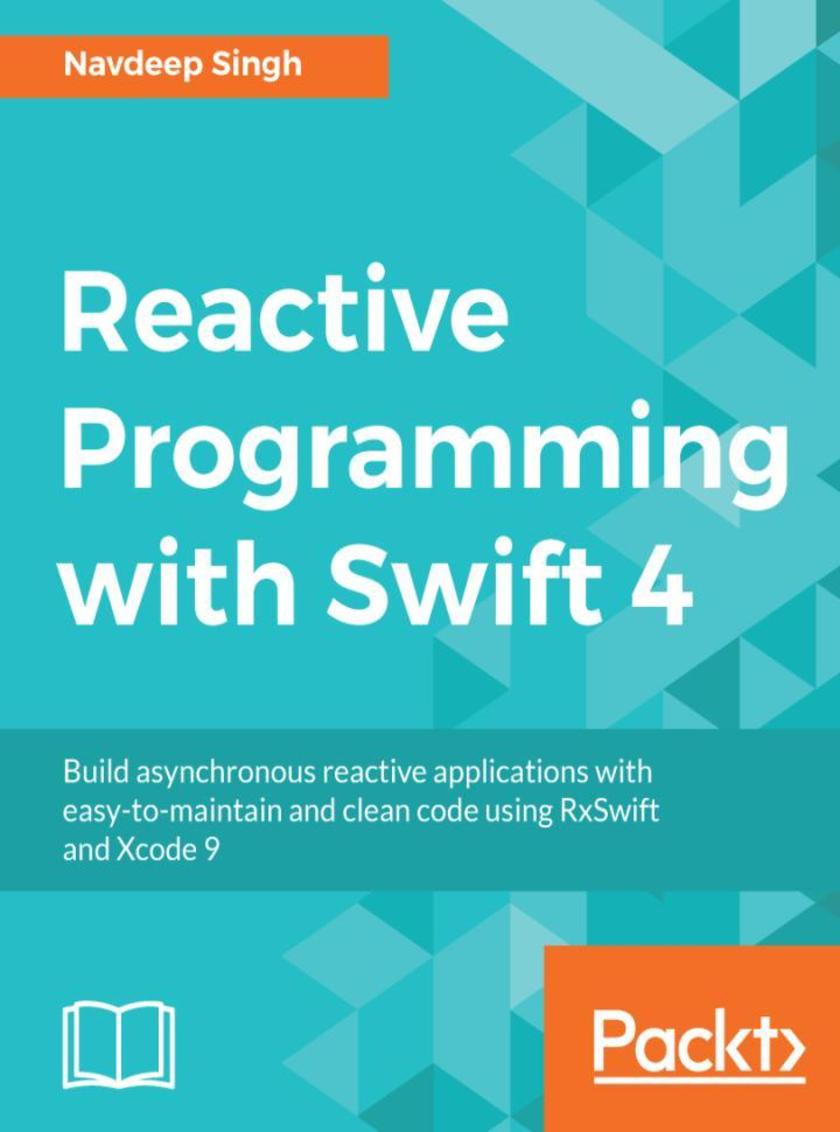
Reactive Programming with Swift 4
¥81.74
Learn how to solve blocking user experience and build event based reactive applications with Swift. About This Book ? Build fast and scalable apps with RxSwift ? Apply reactive programming to solve complex problems and build efficient programs with reactive user interfaces ? Take expressiveness, scalability, and maintainability of your Swift code to the next level with this practical guide Who This Book Is For This book is for the developers who are familiar with Swift and iOS application development and are looking out to reduce the complexity of their apps. Prior experience of reactive programming is not necessary. What You Will Learn ? Understand the practical benefits of Rx on a mobile platform ? Explore the building blocks of Rx, and Rx data flows with marble diagrams ? Learn how to convert an existing code base into RxSwift code base ? Learn how to debug and test your Rx Code ? Work with Playgrounds to transform sequences by filtering them using map, flatmap and other operators ? Learn how to combine different operators to work with Events in a more controlled manner. ? Discover RxCocoa and convert your simple UI elements to Reactive components ? Build a complete RxSwift app using MVVM as design pattern In Detail RxSwift belongs to a large family of Rx implementations in different programming languages that share almost identical syntax and semantics. Reactive approach will help you to write clean, cohesive, resilient, scalable, and maintainable code with highly configurable behavior. This book will introduce you to the world of reactive programming, primarily focusing on mobile platforms. It will tell how you can benefit from using RxSwift in your projects, existing or new. Further on, the book will demonstrate the unbelievable ease of configuring asynchronous behavior and other aspects of the app that are traditionally considered to be hard to implement and maintain. It will explain what Rx is made of, and how to switch to reactive way of thinking to get the most out of it. Also, test production code using RxTest and the red/ green approach. Finally, the book will dive into real-world recipes and show you how to build a real-world app by applying the reactive paradigm. By the end of the book, you’ll be able to build a reactive swift application by leveraging all the concepts this book takes you through. Style and approach This book is a definite tutorial in FRP with Swift filled with well-described examples.
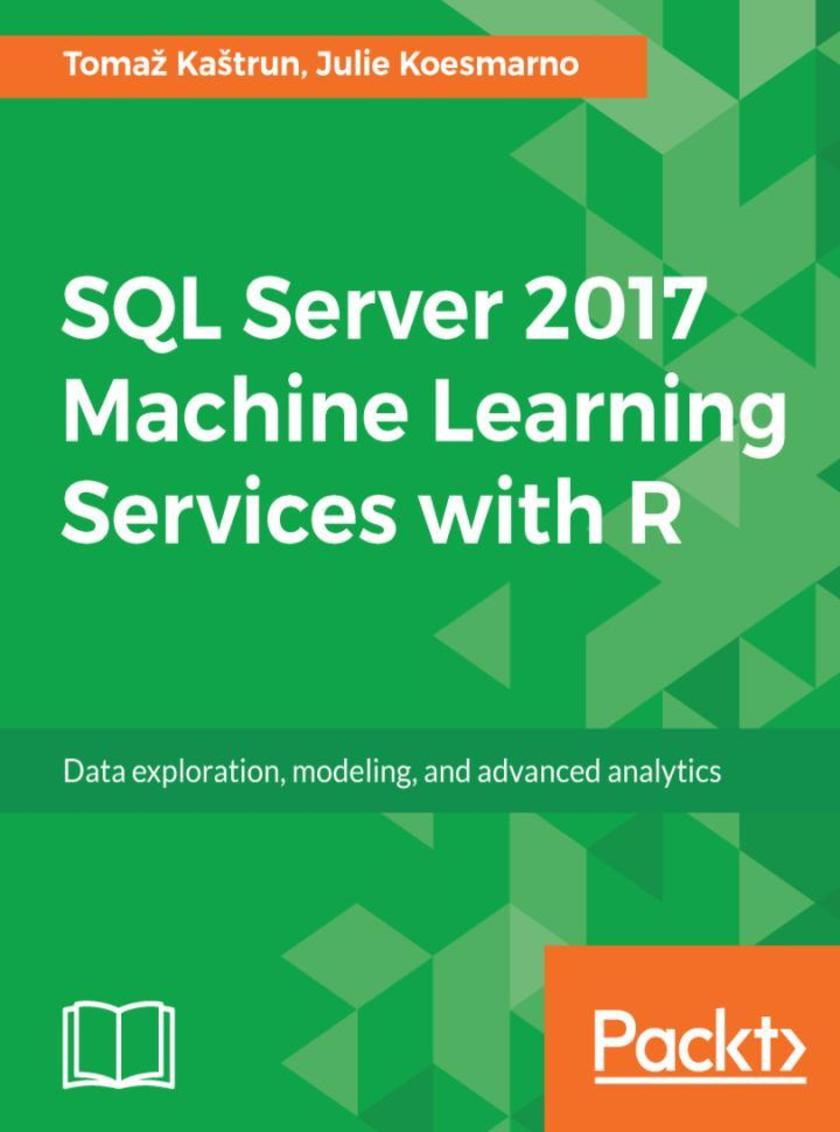
SQL Server 2017 Machine Learning Services with R
¥73.02
Develop and run efficient R *s and predictive models for SQL Server 2017 About This Book ? Learn how you can combine the power of R and SQL Server 2017 to build efficient, cost-effective data science solutions ? Leverage the capabilities of R Services to perform advanced analytics—from data exploration to predictive modeling ? A quick primer with practical examples to help you get up- and- running with SQL Server 2017 Machine Learning Services with R, as part of database solutions with continuous integration / continuous delivery. Who This Book Is For This book is for data analysts, data scientists, and database administrators with some or no experience in R but who are eager to easily deliver practical data science solutions in their day-to-day work (or future projects) using SQL Server. What You Will Learn ? Get an overview of SQL Server 2017 Machine Learning Services with R ? Manage SQL Server Machine Learning Services from installation to configuration and maintenance ? Handle and operationalize R code ? Explore RevoScaleR R algorithms and create predictive models ? Deploy, manage, and monitor database solutions with R ? Extend R with SQL Server 2017 features ? Explore the power of R for database administrators In Detail R Services was one of the most anticipated features in SQL Server 2016, improved significantly and rebranded as SQL Server 2017 Machine Learning Services. Prior to SQL Server 2016, many developers and data scientists were already using R to connect to SQL Server in siloed environments that left a lot to be desired, in order to do additional data analysis, superseding SSAS Data Mining or additional CLR programming functions. With R integrated within SQL Server 2017, these developers and data scientists can now benefit from its integrated, effective, efficient, and more streamlined analytics environment. This book gives you foundational knowledge and insights to help you understand SQL Server 2017 Machine Learning Services with R. First and foremost, the book provides practical examples on how to implement, use, and understand SQL Server and R integration in corporate environments, and also provides explanations and underlying motivations. It covers installing Machine Learning Services;maintaining, deploying, and managing code;and monitoring your services. Delving more deeply into predictive modeling and the RevoScaleR package, this book also provides insights into operationalizing code and exploring and visualizing data. To complete the journey, this book covers the new features in SQL Server 2017 and how they are compatible with R, amplifying their combined power. Style and approach This fast-paced guide will help data scientists and DBAs implement all new data science projects using SQL Server 2017 Machine Learning Services.
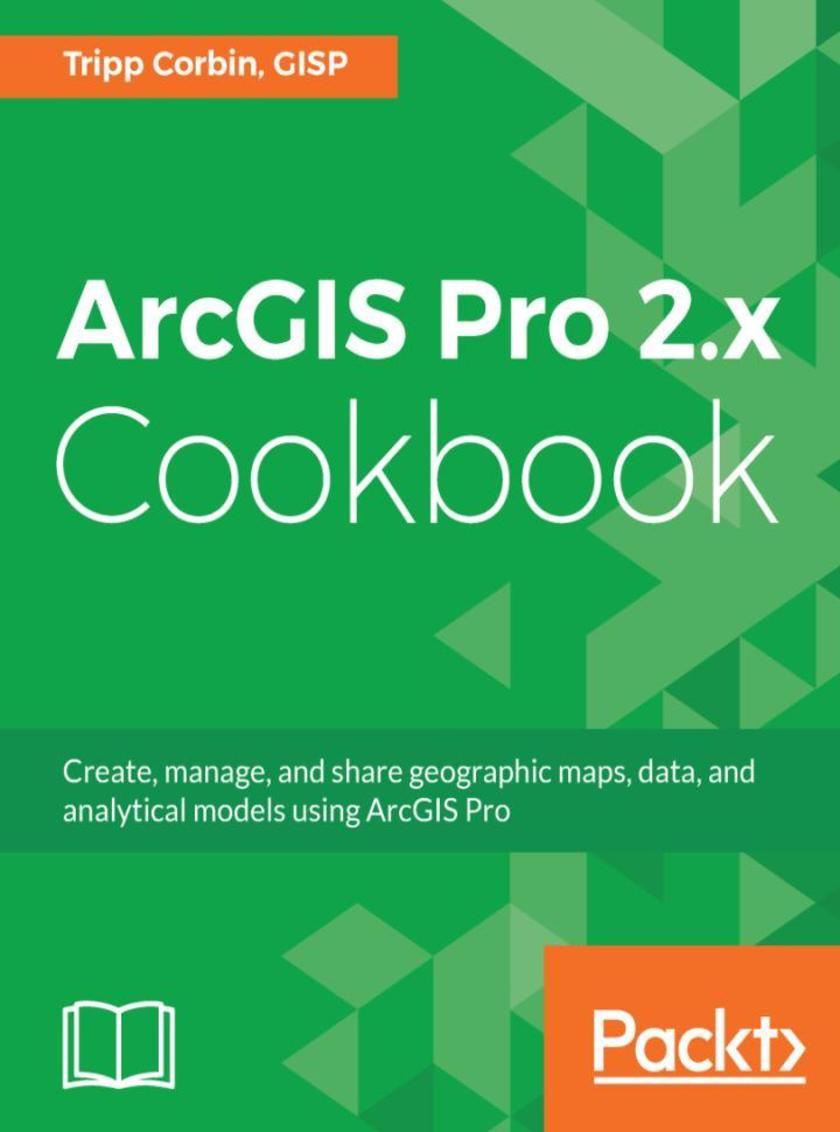
ArcGIS Pro 2.x Cookbook
¥99.18
Creating and Sharing Maps and Data using ArcGIS Pro About This Book ? Leverage the power of ArcGIS to build beautiful 2D and 3D maps. ? Work with ArcGIS to analyze and process data. ? Extend the power of ArcGIS to ArcGIS Online to create and edit content. Who This Book Is For GIS developers who are comfortable using ArcGIS, and are looking to increase their capabilities and skills, will find this book useful. What You Will Learn ? Edit data using standard tools and topology ? Convert and link data together using joins and relates ? Create and share data using Projections and Coordinate Systems ? Access and collect data in the field using ArcGIS Collector ? Perform proximity analysis and map clusters with hotspot analysis ? Use the 3D Analyst Extension and perform advanced 3D analysis ? Share maps and data using ArcGIS Online via web and mobile apps In Detail ArcGIS is Esri's catalog of GIS applications with powerful tools for visualizing, maintaining, and analyzing data. ArcGIS makes use of the modern ribbon interface and 64-bit processing to increase the speed and efficiency of using GIS. It allows users to create amazing maps in both 2D and 3D quickly and easily. If you want to gain a thorough understanding of the various data formats that can be used in ArcGIS Pro and shared via ArcGIS Online, then this book is for you. Beginning with a refresher on ArcGIS Pro and how to work with projects, this book will quickly take you through recipes about using various data formats supported by the tool. You will learn the limits of each format, such as Shapefiles, Geodatabase, and CAD files, and learn how to link tables from outside sources to existing GIS data to expand the amount of data that can be used in ArcGIS. You'll learn methods for editing 2D and 3D data using ArcGIS Pro and how topology can be used to ensure data integrity. Lastly the book will show you how data and maps can be shared via ArcGIS Online and used with web and mobile applications. Style and approach This book takes a recipe-based approach, teaching you how to create and share maps and data using ArcGIS Pro.

Scala Reactive Programming
¥81.74
Build fault-tolerant, robust, and distributed applications in Scala About This Book ? Understand and use the concepts of reactive programming to build distributed systems running on multiple nodes. ? Learn how reactive architecture reduces complexity throughout the development process. ? Get to grips with functional reactive programming and Reactive Microservices. Who This Book Is For This book is for Scala developers who would like to build fault-tolerant, scalable distributed systems. No knowledge of Reactive programming is required. What You Will Learn ? Understand the fundamental principles of Reactive and Functional programming ? Develop applications utilizing features of the Akka framework ? Explore techniques to integrate Scala, Akka, and Play together ? Learn about Reactive Streams with real-time use cases ? Develop Reactive Web Applications with Play, Scala, Akka, and Akka Streams ? Develop and deploy Reactive microservices using the Lagom framework and ConductR In Detail Reactive programming is a scalable, fast way to build applications, and one that helps us write code that is concise, clear, and readable. It can be used for many purposes such as GUIs, robotics, music, and others, and is central to many concurrent systems. This book will be your guide to getting started with Reactive programming in Scala. You will begin with the fundamental concepts of Reactive programming and gradually move on to working with asynchronous data streams. You will then start building an application using Akka Actors and extend it using the Play framework. You will also learn about reactive stream specifications, event sourcing techniques, and different methods to integrate Akka Streams into the Play Framework. This book will also take you one step forward by showing you the advantages of the Lagom framework while working with reactive microservices. You will also learn to scale applications using multi-node clusters and test, secure, and deploy your microservices to the cloud. By the end of the book, you will have gained the knowledge to build robust and distributed systems with Scala and Akka. Style and approach The book takes a pragmatic approach, showing you how to build a scalable distributed system using Scala and Akka.

Machine Learning with Swift
¥73.02
Leverage the power of machine learning and Swift programming to build intelligent iOS applications with ease About This Book ? Implement effective machine learning solutions for your iOS applications ? Use Swift and Core ML to build and deploy popular machine learning models ? Develop neural networks for natural language processing and computer vision Who This Book Is For iOS developers who wish to create smarter iOS applications using the power of machine learning will find this book to be useful. This book will also benefit data science professionals who are interested in performing machine learning on mobile devices. Familiarity with Swift programming is all you need to get started with this book. What You Will Learn ? Learn rapid model prototyping with Python and Swift ? Deploy pre-trained models to iOS using Core ML ? Find hidden patterns in the data using unsupervised learning ? Get a deeper understanding of the clustering techniques ? Learn modern compact architectures of neural networks for iOS devices ? Train neural networks for image processing and natural language processing In Detail Machine learning as a field promises to bring increased intelligence to the software by helping us learn and analyse information efficiently and discover certain patterns that humans cannot. This book will be your guide as you embark on an exciting journey in machine learning using the popular Swift language. We’ll start with machine learning basics in the first part of the book to develop a lasting intuition about fundamental machine learning concepts. We explore various supervised and unsupervised statistical learning techniques and how to implement them in Swift, while the third section walks you through deep learning techniques with the help of typical real-world cases. In the last section, we will dive into some hard core topics such as model compression, GPU acceleration and provide some recommendations to avoid common mistakes during machine learning application development. By the end of the book, you'll be able to develop intelligent applications written in Swift that can learn for themselves. Style and approach A comprehensive guide that teaches how to implement machine learning apps for iOS from scratch
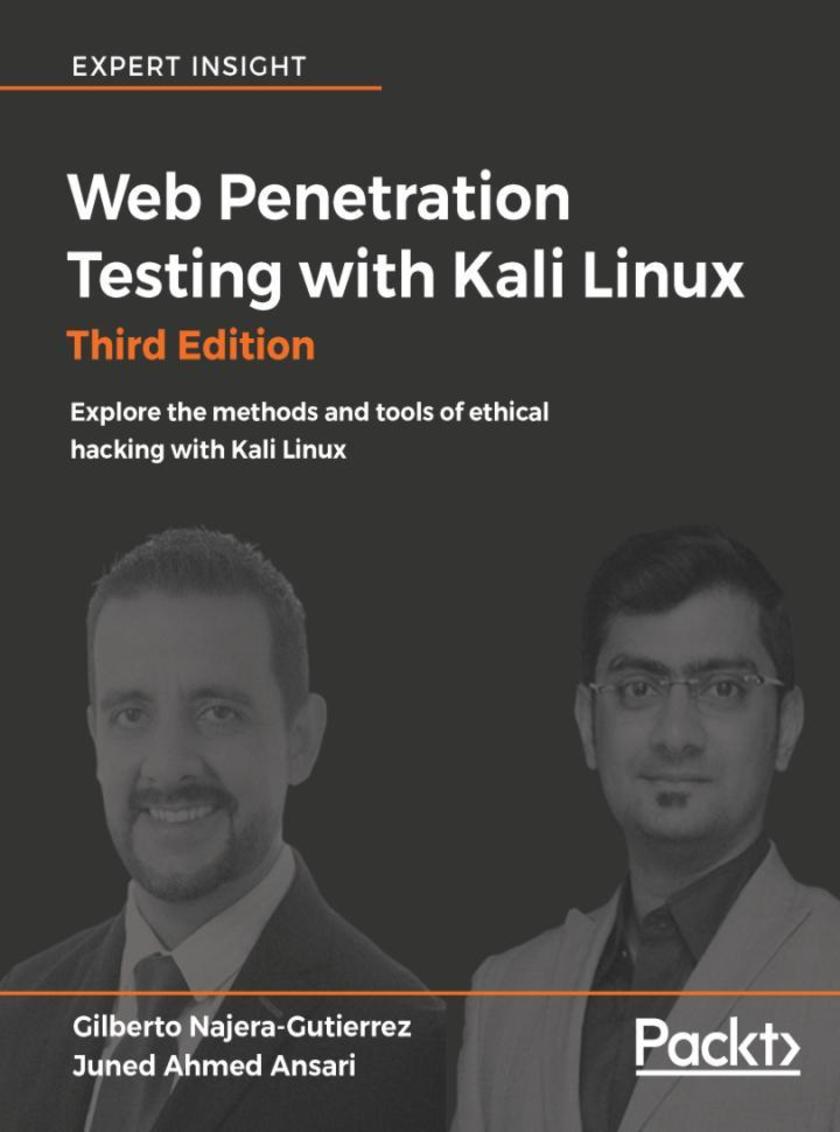
Web Penetration Testing with Kali Linux - Third Edition
¥90.46
Build your defense against web attacks with Kali Linux, including command injection flaws, crypto implementation layers, and web application security holes About This Book ? Know how to set up your lab with Kali Linux ? Discover the core concepts of web penetration testing ? Get the tools and techniques you need with Kali Linux Who This Book Is For Since this book sets out to cover a large number of tools and security fields, it can work as an introduction to practical security skills for beginners in security. In addition, web programmers and also system administrators would benefit from this rigorous introduction to web penetration testing. Basic system administration skills are necessary, and the ability to read code is a must. What You Will Learn ? Learn how to set up your lab with Kali Linux ? Understand the core concepts of web penetration testing ? Get to know the tools and techniques you need to use with Kali Linux ? Identify the difference between hacking a web application and network hacking ? Expose vulnerabilities present in web servers and their applications using server-side attacks ? Understand the different techniques used to identify the flavor of web applications ? See standard attacks such as exploiting cross-site request forgery and cross-site *ing flaws ? Get an overview of the art of client-side attacks ? Explore automated attacks such as fuzzing web applications In Detail Web Penetration Testing with Kali Linux - Third Edition shows you how to set up a lab, helps you understand the nature and mechanics of attacking websites, and explains classical attacks in great depth. This edition is heavily updated for the latest Kali Linux changes and the most recent attacks. Kali Linux shines when it comes to client-side attacks and fuzzing in particular. From the start of the book, you'll be given a thorough grounding in the concepts of hacking and penetration testing, and you'll see the tools used in Kali Linux that relate to web application hacking. You'll gain a deep understanding of classicalSQL, command-injection flaws, and the many ways to exploit these flaws. Web penetration testing also needs a general overview of client-side attacks, which is rounded out by a long discussion of *ing and input validation flaws. There is also an important chapter on cryptographic implementation flaws, where we discuss the most recent problems with cryptographic layers in the networking stack. The importance of these attacks cannot be overstated, and defending against them is relevant to most internet users and, of course, penetration testers. At the end of the book, you'll use an automated technique called fuzzing to identify flaws in a web application. Finally, you'll gain an understanding of web application vulnerabilities and the ways they can be exploited using the tools in Kali Linux. Style and approach This step-by-step guide covers each topic with detailed practical examples. Every concept is explained with the help of illustrations using the tools available in Kali Linux.
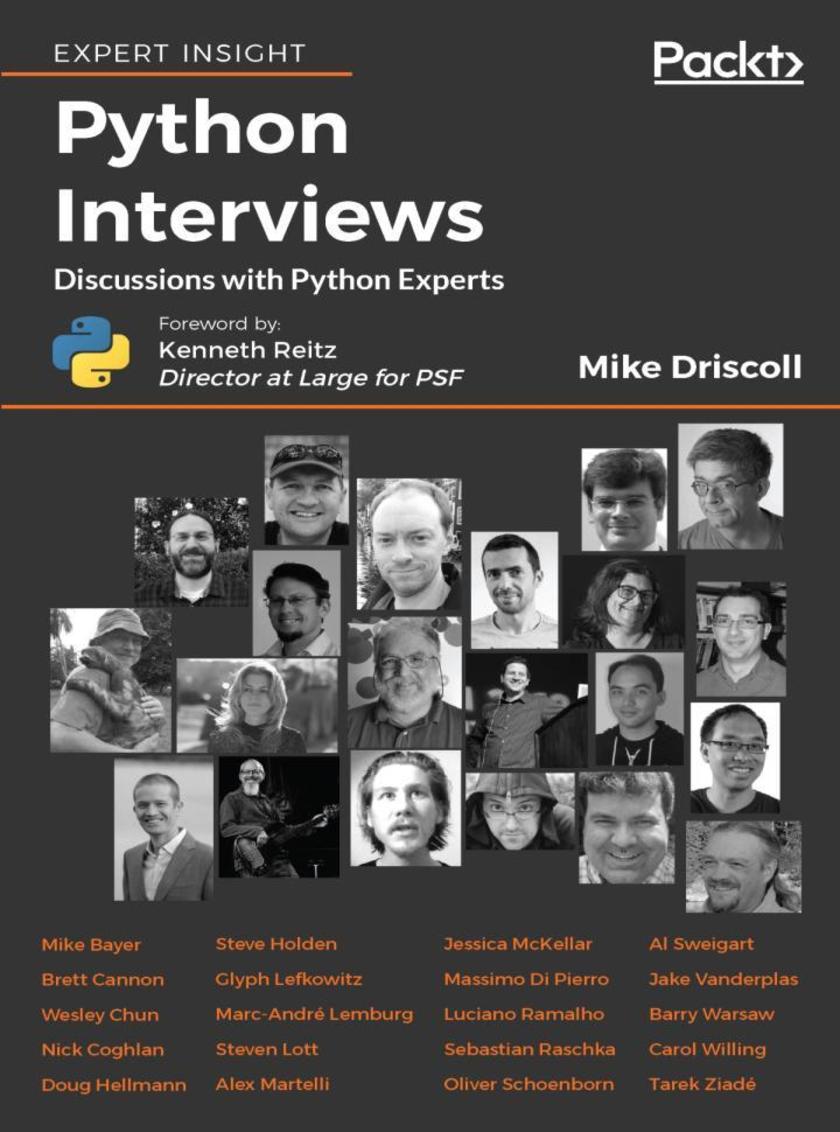
Python Interviews
¥63.21
Mike Driscoll takes you on a journey talking to a hall-of-fame list of truly remarkable Python experts. You’ll be inspired every time by their passion for the Python language, as they share with you their experiences, contributions, and careers in Python. About This Book ? Hear from these key Python thinkers about the current status of Python, and where it's heading in the future ? Listen to their close thoughts on significant Python topics, such as Python's role in scientific computing, and machine learning ? Understand the direction of Python, and what needs to change for Python 4 Who This Book Is For Python programmers and students interested in the way that Python is used – past and present – with useful anecdotes. It will also be of interest to those looking to gain insights from top programmers. What You Will Learn ? How successful programmers think ? The history of Python ? Insights into the minds of the Python core team ? Trends in Python programming In Detail Each of these twenty Python Interviews can inspire and refresh your relationship with Python and the people who make Python what it is today. Let these interviews spark your own creativity, and discover how you also have the ability to make your mark on a thriving tech community. This book invites you to immerse in the Python landscape, and let these remarkable programmers show you how you too can connect and share with Python programmers around the world. Learn from their opinions, enjoy their stories, and use their tech tips. ? Brett Cannon - former director of the PSF, Python core developer, led the migration to Python 3. ? Steve Holden - tireless Python promoter and former chairman and director of the PSF. ? Carol Willing - former director of the PSF and Python core developer, Project Jupyter Steering Council member. ? Nick Coghlan - founding member of the PSF and Python core developer. ? Jessica McKellar - former director of the PSF and Python activist. ? Marc-André Lemburg - Python core developer and founding member of the PSF. ? Glyph Lefkowitz - founder of Twisted and fellow of the PSF. ? Doug Hellmann - fellow of the PSF, creator of the Python Module of the Week blog, Python community member since 1998. ? Massimo Di Pierro - fellow of the PSF, data scientist and the inventor of web2py. ? Alex Martelli - fellow of the PSF and co-author of Python in a Nutshell. ? Barry Warsaw - fellow of the PSF, Python core developer since 1995, and original member of PythonLabs. ? Tarek Ziadé - founder of Afpy and author of Expert Python Programming. ? Sebastian Raschka - data scientist and author of Python Machine Learning. ? Wesley Chun - fellow of the PSF and author of the Core Python Programming books. ? Steven Lott - Python blogger and author of Python for Secret Agents. ? Oliver Schoenborn - author of Pypubsub and wxPython mailing list contributor. ? Al Sweigart - bestselling author and creator of the Python modules Pyperclip and PyAutoGUI. ? Luciano Ramalho - fellow of the PSF and the author of Fluent Python. ? Mike Bayer - fellow of the PSF, creator of open source libraries including SQLAlchemy. ? Jake Vanderplas - data scientist and author of Python Data Science Handbook. Style and approach This is a book of one-to-one interviews with leading Python programmers and luminaries in the field.
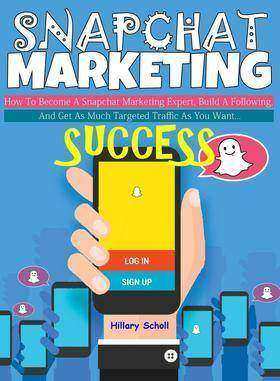
Snapchat Marketing Success
¥23.14
Snapchat ?Marketing ?Success Virtually all social media sites out there have users communicating with text or chat…sure, some social media sites are starting to adopt video and there is some image sharing, but at the core, comments are left and messages are sent. That is NOT the case with Snapchat. Communication is all done through images and videos with the occasional small caption. This is how the younger generation likes to communicate… Short and sweet. Snapchat is one of the most unusual social networks to make it big online. You wouldn’t have thought that such a simple concept, handled arguably quite poorly to begin with, would become the huge behemoth it has today. And yet it has – and right now it’s flying higher than ever thanks to its 2.0 update. Snapchat’s story is surprising enough on face value but when you learn some of the more surprising twists and turns, the plot only thickens. Read on and let’s take a closer look at some of the things you probably didn’t know about Snapchat… ?Snapchat is Highly Personal If you’ve had your ear to the ground, then you may have heard the buzz about live streaming. Live streaming services are quickly becoming incredibly popular thanks to their ability to allow direct and live communication between a brand and its followers. But in fact, Snapchat has been providing something very similar for a long time. Snapchat allows you to update people about your trip to another country, it allows you to invite people to watch the public unveiling of your new product or service and it allows you to share a joke as you’re coming out the shower. This kind of personal communication has the power to create much more engagement, familiarity and trust. And if you look at the big names on Snapchat – like Arnold Schwarzenegger – then you’ll be able to easily see how it can be used to great effect. It Has Incredible Engagement Yes, Snapchat’s ‘instant’ nature gives it the potential to greatly increase engagement. And in reality, that’s exactly what it does. If ever you think you can’t make it big online, let Snapchat be an inspiring story to suggest otherwise. Snapchat is by no means some miracle feat of coding. Rather, this was actually a relatively poorly put together piece of code and would sap huge amounts of battery and CPU power when running in the background even! That’s not to say it’s a bad app – only that it’s all the more impressive it was able to do as well as it did. Facebook Tried to Buy Snapchat When it was enjoying its first major surge in popularity, Snapchat was offered a purchase bid from Facebook worth $3 billion. That’s a huge vote of confidence from the biggest social network on the planet… and Snapchat turned it down! ??Here’s Why You Need To Take A Close Look At Snapchat… ·Although often overlooked, Snapchat is one of the most powerful new social networks for driving traffic online…? ·Snapchatis all about socialization and a great way to interact with your brand? ·Snapchat was recently offered $3 Billion by Facebook… and they turned it down… this makes it clear that Snapchat is sure that it’s only getting bigger and better!? ·Engagement on Snapchat is MASSIVE, and growing… because all communication is focused on image and video sharing, your audience is very attentive and interested in anything you put in front of them…...Snapchat is adding 200 million new active users every single month!
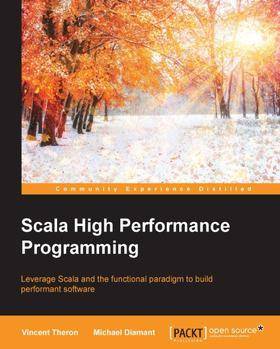
Scala High Performance Programming
¥334.25
Leverage Scala and the functional paradigm to build performant softwareAbout This Book·Get the first book to explore Scala performance techniques in depth!·Real-world inspired use cases illustrate and support the techniques studied and the language features·This book is written by Vincent Theron and Michael Diamant, software engineers with several years of experience in the high-frequency trading and programmatic advertising industriesWho This Book Is ForThis book assumes a basic exposure to the Scala programming language and the Java Virtual Machine. You should be able to read and understand moderately advanced Scala code. No other knowledge is required.What You Will Learn·Analyze the performance of JVM applications by developing JMH benchmarks and profiling with Flight Recorder·Discover use cases and performance tradeoffs of Scala language features, and eager and lazy collections·Explore event sourcing to improve performance while working with stream processing pipelines·Dive into asynchronous programming to extract performance on multicore systems using Scala Future and Scalaz Task·Design distributed systems with conflict-free replicated data types (CRDTs) to take advantage of eventual consistency without synchronization·Understand the impact of queues on system performance and apply the Free monad to build systems robust to high levels of throughputIn DetailScala is a statically and strongly typed language that blends functional and object-oriented paradigms. It has experienced growing popularity as an appealing and pragmatic choice to write production-ready software in the functional paradigm. Scala and the functional programming paradigm enable you to solve problems with less code and lower maintenance costs than the alternatives. However, these gains can come at the cost of performance if you are not careful.Scala High Performance Programming arms you with the knowledge you need to create performant Scala applications. Starting with the basics of understanding how to define performance, we explore Scala's language features and functional programming techniques while keeping a close eye on performance throughout all the topics.We introduce you as the newest software engineer at a fictitious financial trading company, named MV Trading. As you learn new techniques and approaches to reduce latency and improve throughput, you'll apply them to MV Trading's business problems. By the end of the book, you will be well prepared to write production-ready, performant Scala software using the functional paradigm to solve real-world problems.Style and approachThis step-by-step guide will help you create high performance applications using Scala. Packed with lots of code samples, tips and tricks, every topic is explained in a detailed, easy-to-understand manner.
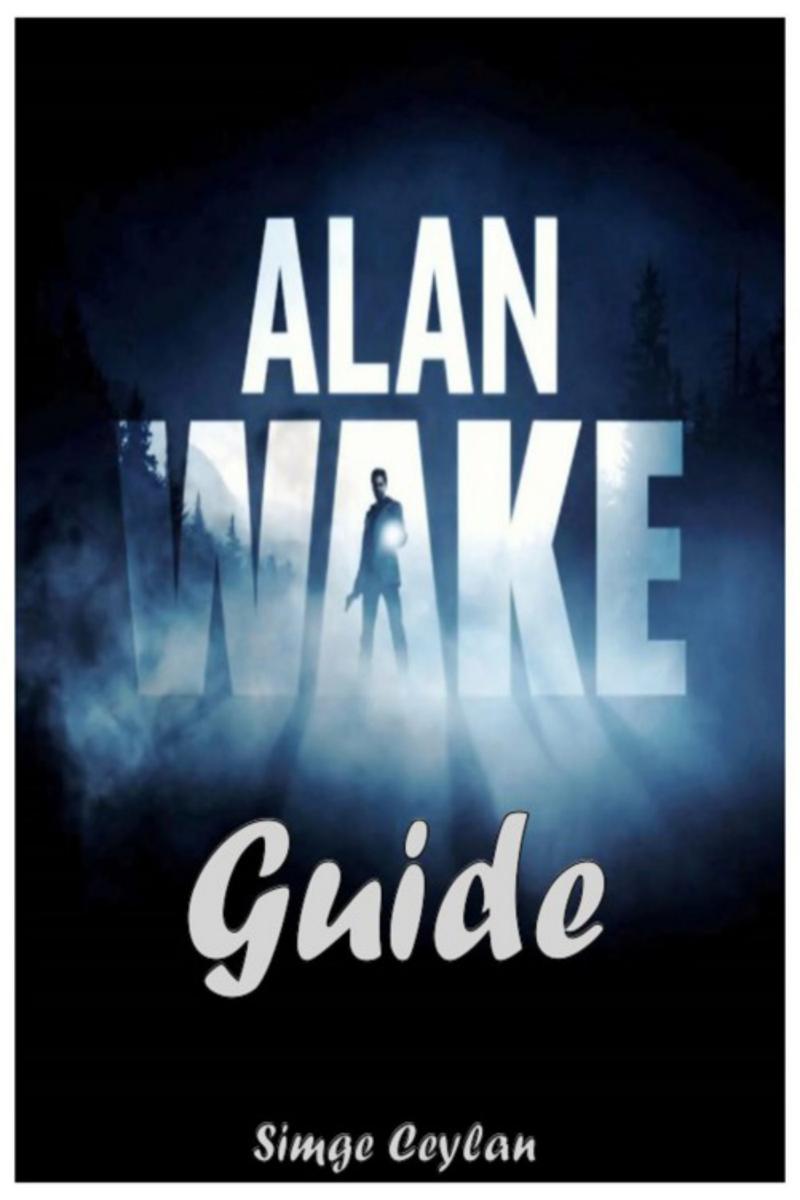
Alan Wake Guide
¥3.84
Alan Wake Guide
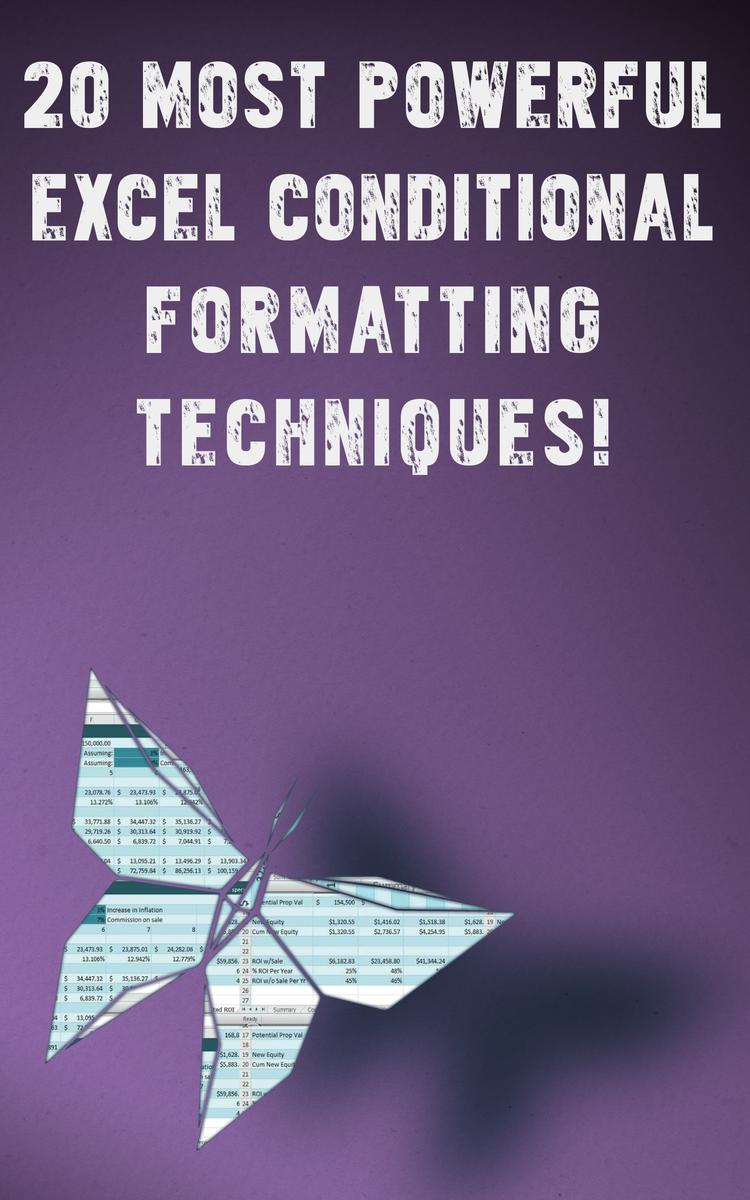
20 Most Powerful Conditional Formatting Techniques
¥24.44
20 Most Powerful Conditional Formatting Techniques

Applications to Support Normal and Critical Operations in a Tactical MLS System:
¥5.97
Applications to Support Normal and Critical Operations in a Tactical MLS System: Cybersecurity

Secrets of Access Database Development and Programming
¥24.44
Secrets of Access Database Development and Programming
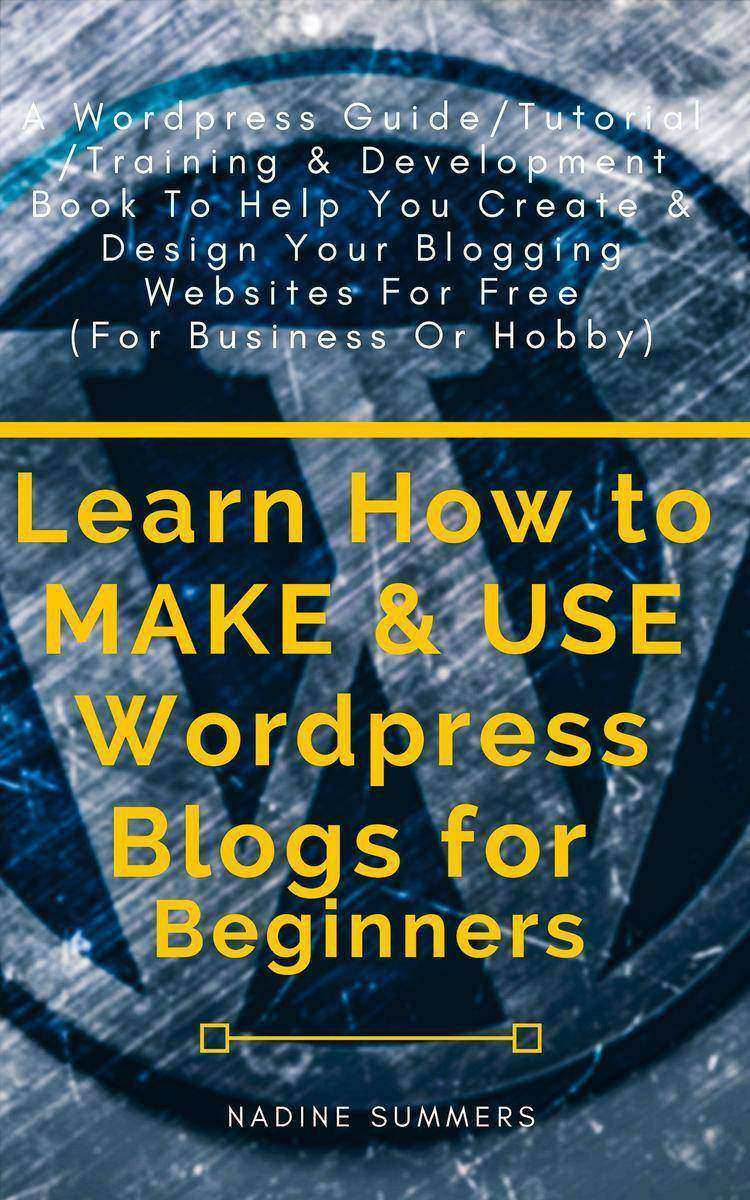
Learn How to MAKE & USE Wordpress Blogs for Beginners
¥24.44
Learn How to MAKE & USE Wordpress Blogs for Beginners
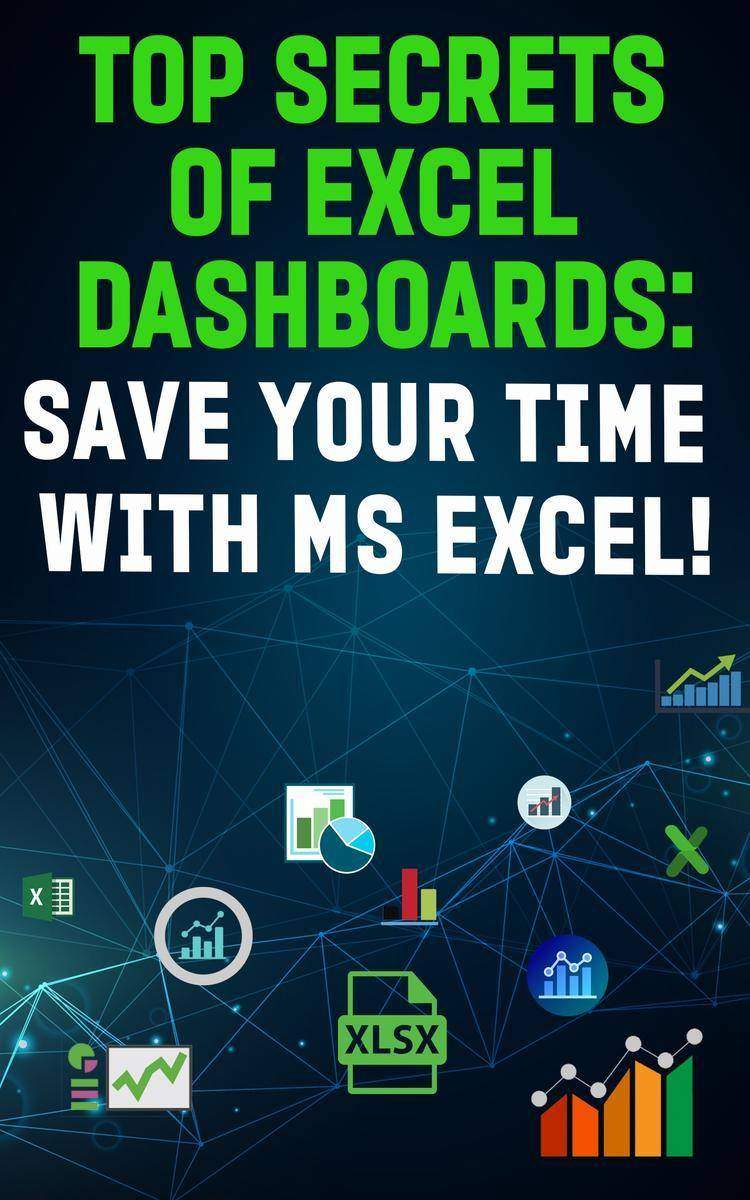
Top Secrets Of Excel Dashboards: Save Your Time With MS Excel
¥24.44
Top Secrets Of Excel Dashboards: Save Your Time With MS Excel

Social Media Marketing in 2018
¥24.44
Social Media Marketing in 2018




 购物车
购物车 个人中心
个人中心



